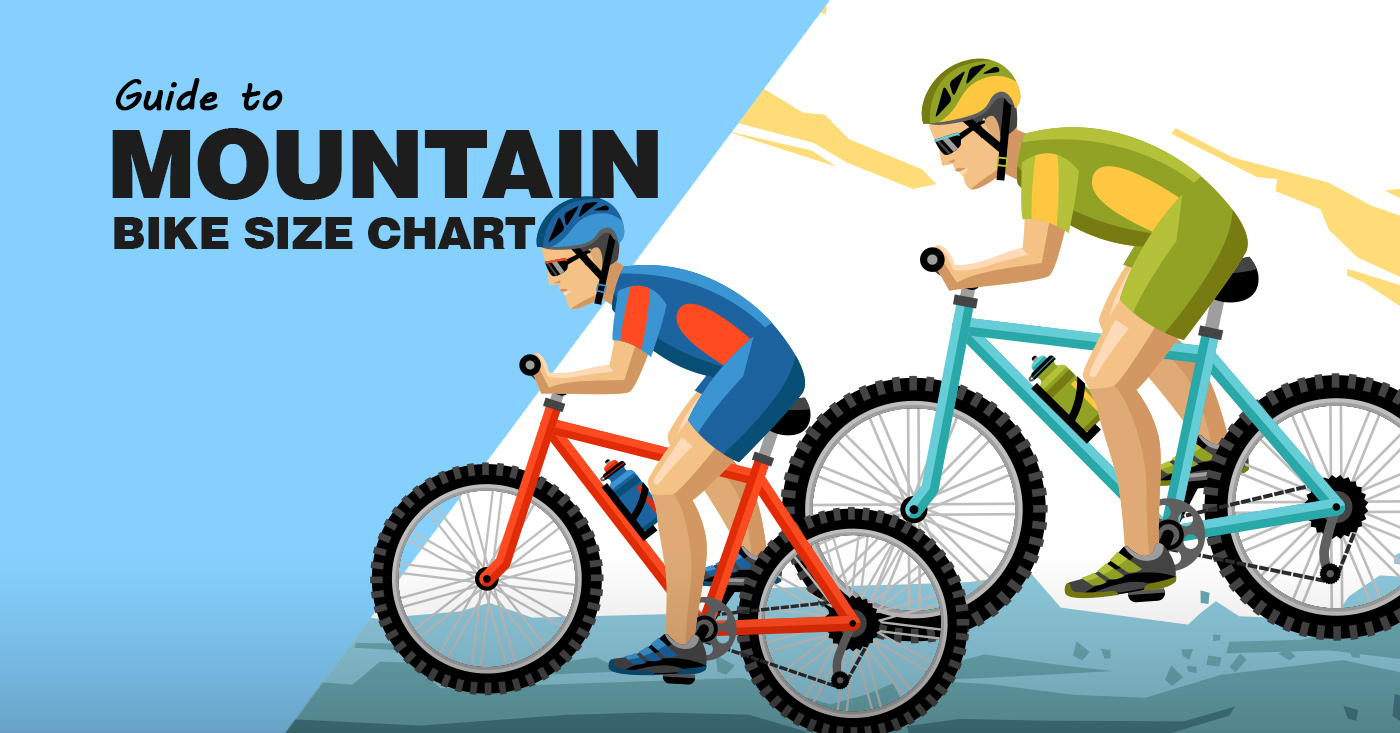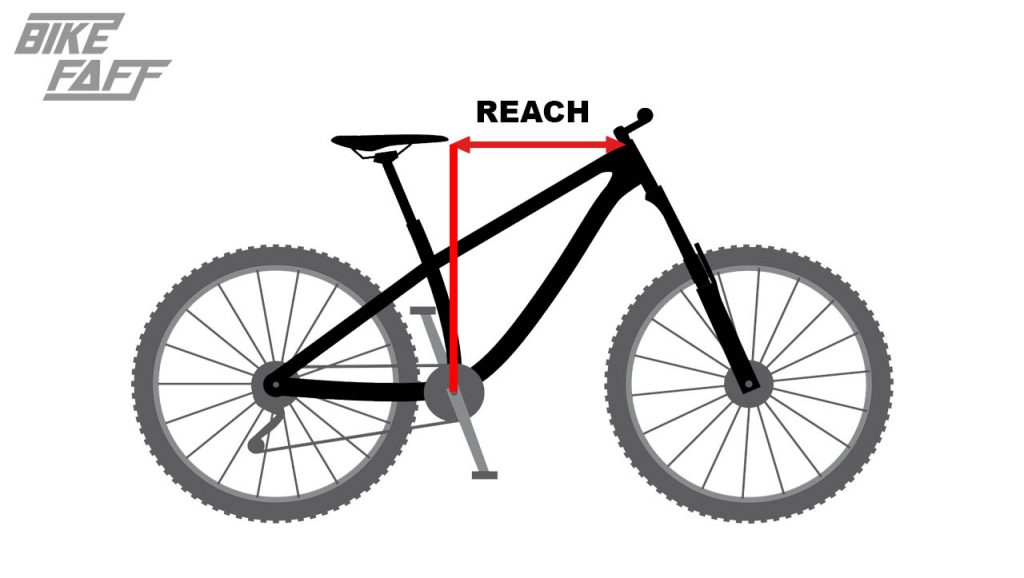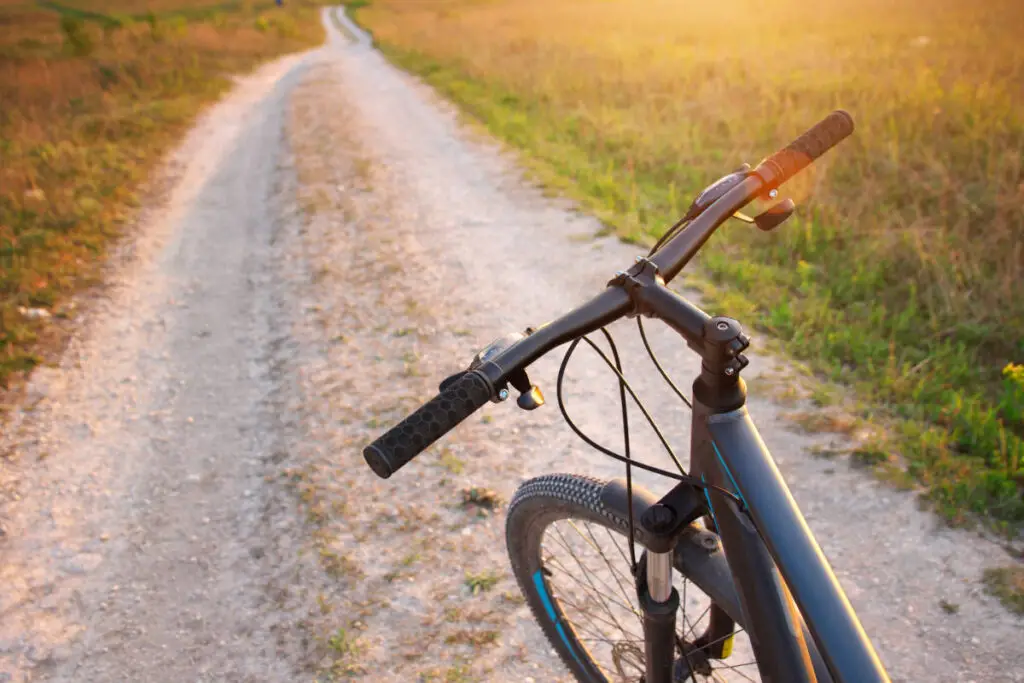Why Mountain Bike Size Matters
Choosing the right mountain bike size is crucial for a comfortable, controlled, and enjoyable ride. When searching for the perfect bike, many riders ask themselves, “what size mtb should I get?” The answer lies in understanding how mountain bike size affects comfort, control, and overall riding experience.
A bike that fits properly will provide a more comfortable riding experience, allowing riders to focus on the trail ahead. A well-fitting bike will also improve control and balance, giving riders the confidence to tackle more challenging terrain. On the other hand, a bike that’s too small or too large can lead to fatigue, discomfort, and a higher risk of accidents.
Moreover, a bike that fits properly will also improve overall performance. When riders are comfortable on their bike, they’ll be able to ride more efficiently, conserve energy, and enjoy the ride. Whether you’re a seasoned pro or just starting out, finding the right mountain bike size is essential for a fun and safe riding experience.
Understanding Your Riding Style and Preferences
When searching for the perfect mountain bike size, it’s essential to consider your riding style, terrain, and personal preferences. These factors play a significant role in determining the ideal mountain bike size, as they influence the type of bike that will provide the most comfort, control, and overall riding experience.
Riding style is a critical factor, as it affects the type of terrain you’ll be riding on and the level of suspension you’ll need. For example, cross-country riders typically prefer a smaller, more agile bike, while downhill riders require a larger, more stable bike with increased suspension. When asking “what size mtb should I get,” it’s crucial to consider your riding style and the terrain you’ll be tackling.
Personal preferences also come into play, including factors such as wheel size, frame material, and suspension type. For instance, some riders prefer the responsiveness of a hardtail bike, while others prefer the comfort and control of a full-suspension bike. Understanding your personal preferences will help you narrow down the ideal mountain bike size and find a bike that meets your specific needs.
By considering your riding style, terrain, and personal preferences, you’ll be able to find a mountain bike that provides the perfect fit, allowing you to ride with confidence and comfort. Whether you’re a seasoned pro or just starting out, taking the time to understand your riding style and preferences will pay off in the long run, providing a more enjoyable and rewarding riding experience.
How to Measure Yourself for a Mountain Bike
To determine the ideal mountain bike size, it’s essential to take accurate measurements. This will ensure a comfortable and controlled ride, allowing riders to focus on the trail ahead. When asking “what size mtb should I get,” taking the time to measure yourself will provide a solid foundation for finding the perfect fit.
Here’s a step-by-step guide to taking accurate measurements:
Inseam Measurement: Stand against a wall with your feet shoulder-width apart. Measure the distance from the floor to the top of your inner thigh. This measurement will give you an idea of the minimum standover height required for your mountain bike.
Arm Length Measurement: Stand up straight with your arms relaxed by your sides. Measure the distance from the top of your shoulder to your wrist. This measurement will help determine the ideal handlebar height and reach.
Riding Position Measurement: Sit on a chair or bench with your feet flat on the floor. Measure the distance from the floor to the top of your knee. This measurement will give you an idea of the ideal saddle height and pedal position.
Once you have these measurements, you can use them to determine the ideal mountain bike size. Keep in mind that different brands and models may have varying sizing charts, so it’s essential to consult the manufacturer’s guidelines when choosing a bike.
By taking the time to measure yourself accurately, you’ll be able to find a mountain bike that fits comfortably, providing a more enjoyable and confident riding experience. Remember, finding the right size is crucial, so don’t hesitate to ask “what size mtb should I get” and take the necessary steps to find your perfect fit.
Mountain Bike Size Charts: A Guide to Understanding the Numbers
When searching for the perfect mountain bike size, understanding size charts is crucial. These charts provide a guide to finding the ideal fit, but they can be confusing if you don’t know what the numbers mean. In this section, we’ll break down mountain bike size charts, explaining how to use them to find the perfect fit, including a comparison of different brands’ sizing systems.
Most mountain bike size charts include a combination of the following measurements:
- Seat tube length: The distance from the top of the seat tube to the center of the bottom bracket.
- Top tube length: The distance from the top of the seat tube to the top of the head tube.
- Reach: The distance from the center of the saddle to the center of the handlebars.
- Standover height: The distance from the ground to the top of the top tube.
When asking “what size mtb should I get,” it’s essential to consider these measurements in relation to your own body measurements. For example, if you have a longer inseam, you may require a larger frame size to ensure a comfortable standover height.
Different brands have their own sizing systems, which can make it challenging to compare sizes between models. For instance, a medium-sized Trek Fuel EX may not be the same as a medium-sized Specialized Stumpjumper. It’s crucial to consult the manufacturer’s size chart and consider factors such as riding style and terrain when choosing a mountain bike.
By understanding mountain bike size charts and considering your own measurements, you’ll be able to find a bike that fits comfortably, providing a more enjoyable and confident riding experience. Remember, finding the right size is crucial, so take the time to consult size charts and ask “what size mtb should I get” before making a purchase.
Real-World Examples: Finding the Right Size for Popular Mountain Bikes
Now that we’ve covered the importance of choosing the right mountain bike size, let’s take a look at some real-world examples of popular mountain bikes. By applying the sizing principles we’ve discussed, we can find the ideal fit for these bikes.
For instance, let’s consider the Trek Fuel EX, a popular trail bike known for its versatility and comfort. According to Trek’s size chart, a rider with an inseam of 32 inches would fit best on a medium-sized Fuel EX. However, if that same rider prefers a more aggressive riding style, they may want to consider a larger frame size to accommodate their riding position.
Another example is the Specialized Stumpjumper, a high-performance mountain bike designed for speed and agility. Specialized’s size chart recommends a small frame size for riders with an inseam of 29-31 inches. However, if a rider with an inseam of 30 inches prefers a more upright riding position, they may want to consider a medium frame size to ensure a comfortable fit.
When asking “what size mtb should I get,” it’s essential to consider the specific bike model and its intended use. By applying the sizing principles we’ve discussed, riders can find the ideal fit for their chosen bike, ensuring a more comfortable, confident, and enjoyable riding experience.
Remember, finding the right size is crucial, and these real-world examples illustrate the importance of considering multiple factors when choosing a mountain bike size. By taking the time to research and test ride different bikes, riders can find their perfect fit and enjoy a more rewarding riding experience.
Common Mistakes to Avoid When Choosing a Mountain Bike Size
When searching for the perfect mountain bike size, it’s easy to make mistakes that can affect the overall riding experience. By being aware of these common mistakes, riders can avoid discomfort, loss of control, and a poor fit.
One of the most common mistakes is ignoring riding style. Riders who prefer a more aggressive riding style may require a larger frame size to accommodate their riding position, while those who prefer a more upright position may require a smaller frame size. Failing to consider riding style can lead to a poor fit and a less enjoyable riding experience.
Another mistake is not considering suspension. Mountain bikes with suspension systems require a different fit than those without. Riders who fail to consider suspension may end up with a bike that’s too small or too large, affecting the overall performance and comfort of the bike.
Relying solely on size charts is also a common mistake. While size charts provide a general guide, they don’t take into account individual factors such as riding style, terrain, and personal preferences. Riders who rely solely on size charts may end up with a bike that’s not tailored to their specific needs.
When asking “what size mtb should I get,” it’s essential to consider these factors and avoid common mistakes. By taking the time to research, measure, and test ride different bikes, riders can find the perfect fit and enjoy a more comfortable, confident, and enjoyable riding experience.
Remember, finding the right size is crucial, and avoiding common mistakes is key to achieving a perfect fit. By being aware of these mistakes, riders can make informed decisions and find a mountain bike that meets their individual needs.
Test Ride and Adjust: Fine-Tuning Your Mountain Bike Fit
Once you’ve narrowed down your search to a few mountain bike models, it’s essential to test ride them to find the perfect fit. Test riding allows you to experience the bike’s performance, comfort, and handling, giving you a better understanding of whether it’s the right size for you.
When test riding, pay attention to how the bike feels in different riding positions. Do you feel comfortable and confident on the bike, or do you struggle to maintain control? Are you able to easily reach the handlebars and pedals, or do you feel stretched out or cramped?
After test riding, make adjustments to the bike to fine-tune the fit. This may include adjusting the saddle height, handlebar position, and pedal cleats to ensure a comfortable and efficient riding position. Remember, finding the perfect fit is a process, and it may take some trial and error to get it just right.
When asking “what size mtb should I get,” it’s crucial to consider the importance of test riding and adjusting the bike to fit individual needs. By taking the time to test ride and adjust, riders can ensure a perfect fit, leading to a more comfortable, confident, and enjoyable riding experience.
Additionally, consider working with a professional bike fitter or experienced sales staff to help you find the perfect fit. They can provide valuable insights and guidance to ensure you’re getting the right size mountain bike for your needs.
Conclusion: Finding Your Dream Mountain Bike Size
In conclusion, finding the right mountain bike size is crucial for a comfortable, confident, and enjoyable riding experience. By understanding the importance of mountain bike size, considering riding style and preferences, taking accurate measurements, and using size charts, riders can narrow down their search to find the perfect fit.
Remember, when asking “what size mtb should I get,” it’s essential to avoid common mistakes, such as ignoring riding style and relying solely on size charts. Instead, take the time to test ride and adjust the bike to fit individual needs, ensuring a perfect fit that meets your unique requirements.
By following the guidelines outlined in this article, riders can find their dream mountain bike size, enjoying a more comfortable, confident, and enjoyable riding experience. Whether you’re a seasoned pro or just starting out, the right mountain bike size can make all the difference in your riding experience.
So, take the time to find your perfect fit, and get ready to hit the trails with confidence and style. With the right mountain bike size, you’ll be able to tackle any terrain, ride with ease, and enjoy the thrill of the ride.





